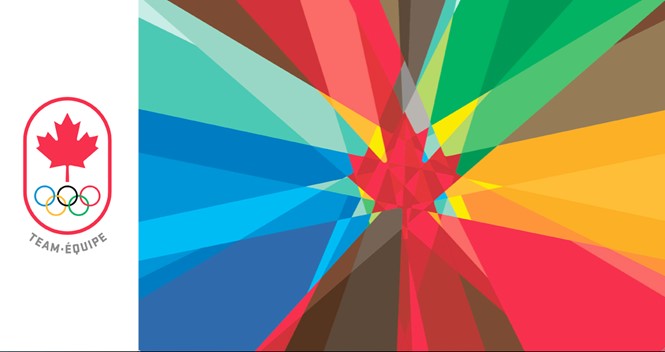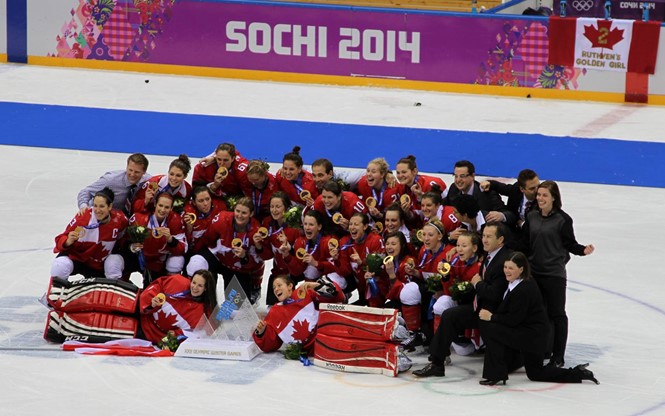Canada and the Olympic brand online
In the run-up to the Sochi 2014 Winter Olympics, the Canadian Olympic Committee wanted to iron out some of the issues it had with its site.
People were going to media sites for their Olympics news, rather than visiting the official source, the Committee wanted to change that and drive traffic.
Toronto-based brand and digital agency, Zync, created a new site with improved functionality and a new responsive design. Brad Breininger, principal and strategist at Zync, says, “We mapped it all out for them early on, and worked to make the site interactive, modular and updateable. The Committee wanted a way to drive people to certain sections of the site through social media so that they wouldn’t have to go in through the homepage.”
The website was intended to connect fans with the athletes, and thereby drive traffic beyond the time periods that were traditionally most popular; such as when the summer and winter Olympic Games were taking place. There were always ‘torch bearers’; dedicated fans, but the new site was intended to build engagement beyond that pool of people.
While building the new site it was critical that Zync fully understood and adhered to the complicated and strictly enforced Olympic brand, as well as the Canadian Olympic Committee brand, which also has its national specificities. Breininger says, “The Olympic brand is one of the most highly guarded brands there is. I believe there’s about 120 pages or more of brand guidelines that we have to follow. Over the last couple of years of working with them, our team has really gotten to know the brand, inside and out, and you really have to stay true to that.”
The impact of the new site, in terms of traffic, was overwhelmingly positive. “Through social media adverts, the new site and driving people to key pages, the viewership on the site went up by 5000%. At one point during the Sochi Olympics, they were getting 100,000 unique visitors a day.” Says Breininger.
Once the Sochi Games had ended, the Committee maintained momentum by turning its focus toward the Pan American Games, which took place in Toronto this year. The Committee changed its social media properties from ‘The Canadian Olympic Committee’ to ‘Team Canada’, building on the idea that everyone belongs to Team Canada, not just the athletes.
To make the website even more engaging and inclusive, Zync introduced a gamification functionality to coincide with the Pan Am Games. Breininger says, “With the gamification, we created a way for fans to engage with the site and engage with team Canada. There were rewards, there were badges they could earn by doing different things; whether it was posting to the blog or being involved through social media. Then there were prizes; Team Canada gear was given out to all of the people who really engaged well with the site.”
Official numbers are yet to be revealed but Breininger says that the gamification of the site, “drove engagement by a high percentage”.





